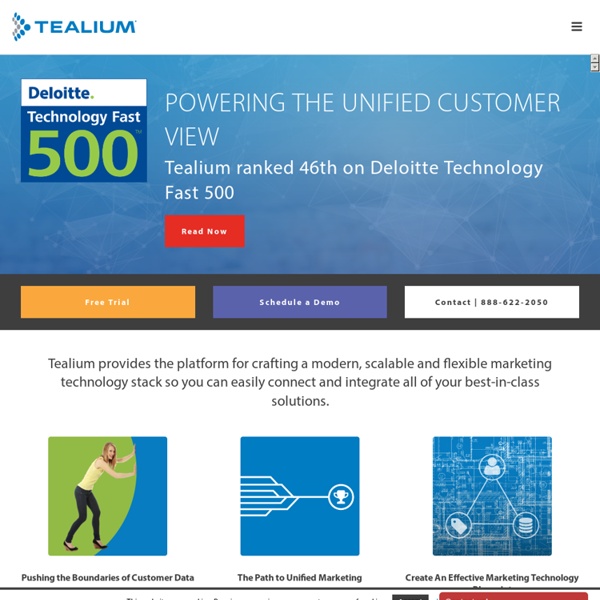



Innovative marketing technologies. Imaginative marketing strategies. Unprecedented results. The Most Important Ecommerce Marketing Metric You're Not Tracking How's business? Good? How can you tell? Unit Economics People use the term "ROI" or "Return On Investment" very loosely. Unit economics might sound fancy, but it's a really simple concept. I kept putting "units" in quotation marks because what you look at as your unit of economic value can significantly change how you approach growing your business. Transactional Unit Economics I remember someone once described selling through marketplaces, like Amazon.com, as the most addictive experience in the world. Transactional unit economics are expressed using a simple ratio: Cost Of Transaction Acquisition (COTA) : Average Order Value (AOV) This can be read as: "For every dollar I put in to acquiring a transaction, I get $X back." For the sake of whole numbers, there's nothing wrong with flipping that ratio around and using AOV:COTA which, from our example, would give you a nice round ratio of 2:1 (which you can reduce to a nice, clean "2"). Customer Centric Unit Economics Conclusion
Tag Manager: oltre a Google cosa troviamo sul mercato? Google ha annunciato che dall’inizio dell’anno ha visto una crescita del 300% del traffico verso Google Tag Manager ed un aumento del 120% di clienti. Sono un fan delle tecnologie di Tag management, ma non sono particolarmente entusiata di Google Tag Manager: ogni volta che lo uso ho la sensazione che abbiano reso unitilmente complicato qualcosa che poteva essere piu’ semplice. Certo gli hanno donato molta flessibilita’, ma si poteva fare di piu’. Lavorando per Staples Europe ho potuto vedere le presentazioni di diverse piattaforme di tag management: Tutte piattaforme molto simili a Google Tag Manager. Tra le compagnie che ho visionato e testato ne esiste una quarta:QuBit OpenTag Sono un fan di OpenTag per 2 motivi: In pratica con OpenTag non solo gestisco i tag di tracking e conversione, ma posso utilizzarlo per cambiare il layout del sito, aggiungere elementi alla navigazione senza la necessita’ del supporto diretto del team IT Correlati
DataXpand Holistic Internet Marketing Optimization Ecommerce Software, Shopping Cart & Online Store Solution - Shopio Domande frequenti – Google Tag Manager Informazioni sui tag e la gestione dei tag I tag sono piccole porzioni di codice del sito web che consentono di analizzare il traffico e il comportamento dei visitatori, di verificare l'efficacia della pubblicità online e dei canali sociali, di utilizzare il remarketing e il targeting per pubblico, di sperimentare il sito web e ottimizzarlo e altro ancora. Perché gestire i tag? L'inserimento dei tag senza una gestione efficiente comporta gravi problemi. Ho bisogno di un sistema di gestione dei tag? Se ti è capitato che ritardi dell'implementazione dei nuovi tag causassero rallentamenti della tua attività o che l'elevato numero di tag impedisse il regolare funzionamento del tuo sito web oppure se non sei certo che i dati vengano acquisiti correttamente, Google Tag Manager è la soluzione giusta per te. Come funziona esattamente Google Tag Manager? Faccio parte del team IT/webmaster. Puoi stare assolutamente tranquillo. Costi Quanto costa? Google Tag Manager è gratuito. No. Dati e tag personali
adsquare Sapient - Global Markets, Government Services, SapientNitro | Sapient GoodData | Experience SaaS Business Intelligence Google Tag Manager: il nuovo tool per il marketing efficace InTarget Group Durante l’Emetrics di Boston Google ha presentato un nuovo strumento che si rivelerà molto utile a uomini e donne che lavorano nel settore marketing: il Google Tag Manager. Un tag manager è uno strumento che permette di gestire tutte le attività di “tagging” necessarie in un progetto web (tag per il sistema di analytics, tag per le conversioni di Google Adwords, tag di Google Remarketing, etc…) in un modo coordinato e semplice. Basterà infatti inserire ad inizio progetto un solo blocco di codice in tutto il sito, identico per tutte le pagine, ed effettuare tutte le configurazioni da interfaccia, senza dover più mettere mano al codice del sito. L’uso di un tag manager fornisce infatti un “punto di accesso” alle pagine del sito o dell’applicazione, e consente di poter intervenire velocemente su di esse, da remoto, attraverso un pannello. I principali vantaggi che l’uso di un tag manager apporta sono quindi:
Datalogix ROI Labs - Maximizing Your Web Analytics Investment - Web Analytics Consulting, Implementation & Insight Backplane